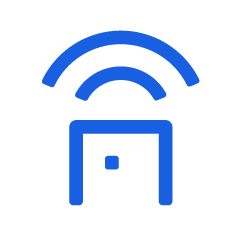- Home
-
About
-
Industries
- Capabilities
-
Solutions
Electronics SolutionsIoT SolutionsEnergy Storage SolutionsMotors
-
Technologies
The air purifier primarily consists of a motor, fan, and air filters. Its working principle involves circulating indoor air through the motor and fan, where polluted air is cleansed or absorbed by the filters inside the machine. Some models also feature a negative ion generator at the air outlet (which generates direct current negative high voltage when operational), continuously ionizing the air to produce a large number of negative ions. These ions are then dispersed by a micro-fan, forming a negative ion airflow to achieve the objective of cleaning and purifying the air.


The device uses a brushless DC motor renowned for its low energy consumption and low noise performance, providing users with a quiet and efficient experience.

Equipped with a dust sensor, it can monitor concentrations of PM1.0, PM2.5, and PM10 in the air and display the current air quality status. This feature is crucial for tracking and improving air quality in residential or work environments.

A photocell sensor automatically adjusts the device's display brightness based on environmental lighting, ensuring clarity under different light conditions while protecting users' visual comfort.

With a Hall sensor, the device can detect whether it is properly assembled, ensuring all parts are in the correct position and functioning normally, thus enhancing the safety and reliability of the equipment.

The device comes with WIFI functionality, allowing users to remotely operate the machine via a mobile app. This provides great convenience for users, making device management and monitoring more straightforward and intelligent.
